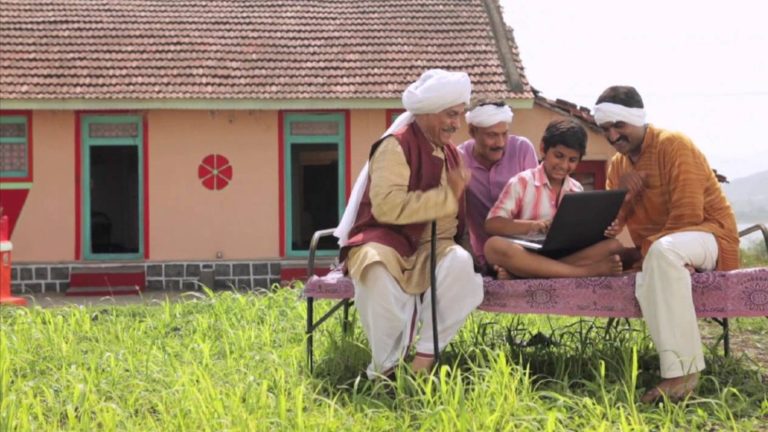Rural India, which spans 7000 talukas and 600,000 villages, represents 70% of Indian consumers and only 47% of total consumption. However, this gap is closing with rising incomes, greater media exposure, and urban-rural interaction, which has made rural consumers more aspirational and aware. Yet despite this immense potential, distribution in rural India is still unorganized and fragmented.
Although urban distribution models are quite evolved, they cannot be applied to rural areas as the physical and economic structure of rural markets make urban distribution models unviable. At the same time, traditional rural models have not been keeping pace with consumer aspirations. To tap into the power or rural consumption, there is a need for an overhaul in distribution models.
In the rural areas, the economic size of villages and market units therein tends to be smaller and more dispersed. Around 50-60% of village populations stay 5-20 km away from the central hub (Taluk); this translates into high interaction/ transaction costs and long lead times at different consumption stages. Further, the small economic size of villages makes most retail models unviable at the village level; only tiny neighborhood grocery stores are pliant enough to sustain. There is also a lack or even absence of large, professional logistical services, which compound transaction costs and result in delivery delays.
There are other more intangible differences between the urban and retail customers, as psychological and financial factors that are typical of people from these two regions differ. This necessitates modifications in delivery promises and payment gateways in the urban model to accommodate community influence, confidence, and trust levels as well as cashflows.
During the last few years and even during COVID-19, multiple government schemes and programmes have significantly benefited rural India in terms of cash flow and liquidity. While it all started with MGNREGA, the good harvest coupled with fair MSP and decent procurement, started the virtual cycle. Direct benefit transfer both for existing schemes as well as schemes announced during COVID-19 did also benefit rural India. All these led to a surge in consumption demand and up-trading across the value chain in rural India. The demand was visible in FMCG, Consumer Durables, Two-Wheelers, and other such sectors. Even sectors like Cement, Paints, and other home improvement themes benefited from this surge in demand. In fact, ample liquidity coupled with low cost of funds for various loan products (e.g. Home Loan) helped in accelerating and sustaining this demand improvement. Companies having good rural distribution and appropriate products did benefit from this demand surge once lockdowns started easing out.
With this trend, clearly visible, corporate are tailor-making their distribution strategy to better benefit from this surge in rural demand. Systems and structures are being put in place to mitigate the challenges in an effective manner. In fact, the situation is like a gold rush and the faster a company can move, the better it is for them. A December 2020 report, Rural Covid Barometer Report, highlighted some eye-opening trends in rural India. Based on a survey that was conducted in 17 Indian states, the study explored the lives of rural consumers and their adaptations post-Covid.
It revealed that with the pandemic accelerating, digital adoption in rural areas was strengthening. Restrictions on travel and social distancing norms nudged people in rural areas, who are equipped with technology and connectivity, to rely more on digital services for their day-to-day activities. The study also suggested that rural Indians are today more concerned about their future well-being, especially the wellbeing of their main earner. In addition to considering securing health and other insurance products, their mindsets are also shifting towards undertaking financial planning. Another trend that stands out post-Covid is that of reverse migration, which saw nearly 53 million migrant workers returning to their villages.
All these observations suggest that rural India has undergone a sea change since the onset of Covid-19. Much like digital transformation in the corporate world, while these trends had commenced before the pandemic struck, they were considerably accelerated by it.





















